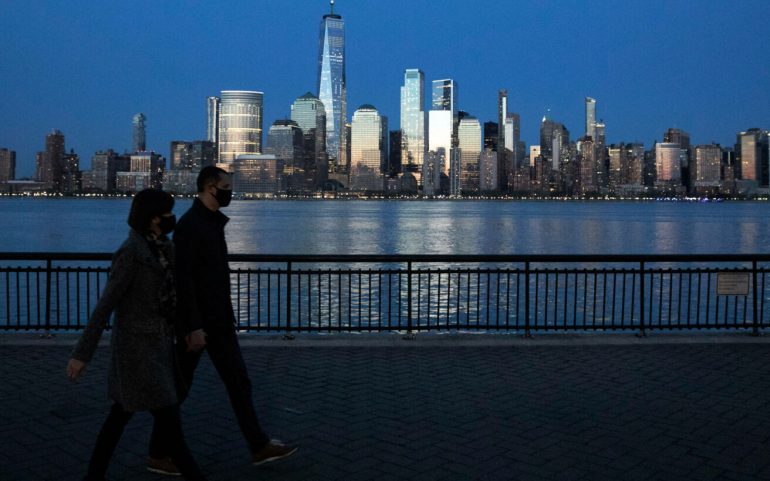Η pandemic Coronation has cast its shadow on the planet and radically changed people's lives, affecting the way they organize their daily lives.
Ο virus It seems to be expanding in the modern big cities of the world, which are residential and economic centers but also hubs in transport, as they have large and busy airports.
The new coroner has therefore raised serious concerns about how cities can be organized and fortified to deal with the pandemic as well as similar challenges that may arise in the future.
Fear of the virus has turned urban centers into desolate landscapes, with public spaces empty and citizens locked in their homes due to quarantine. The only exceptions were workers in areas necessary to maintain quality of life.
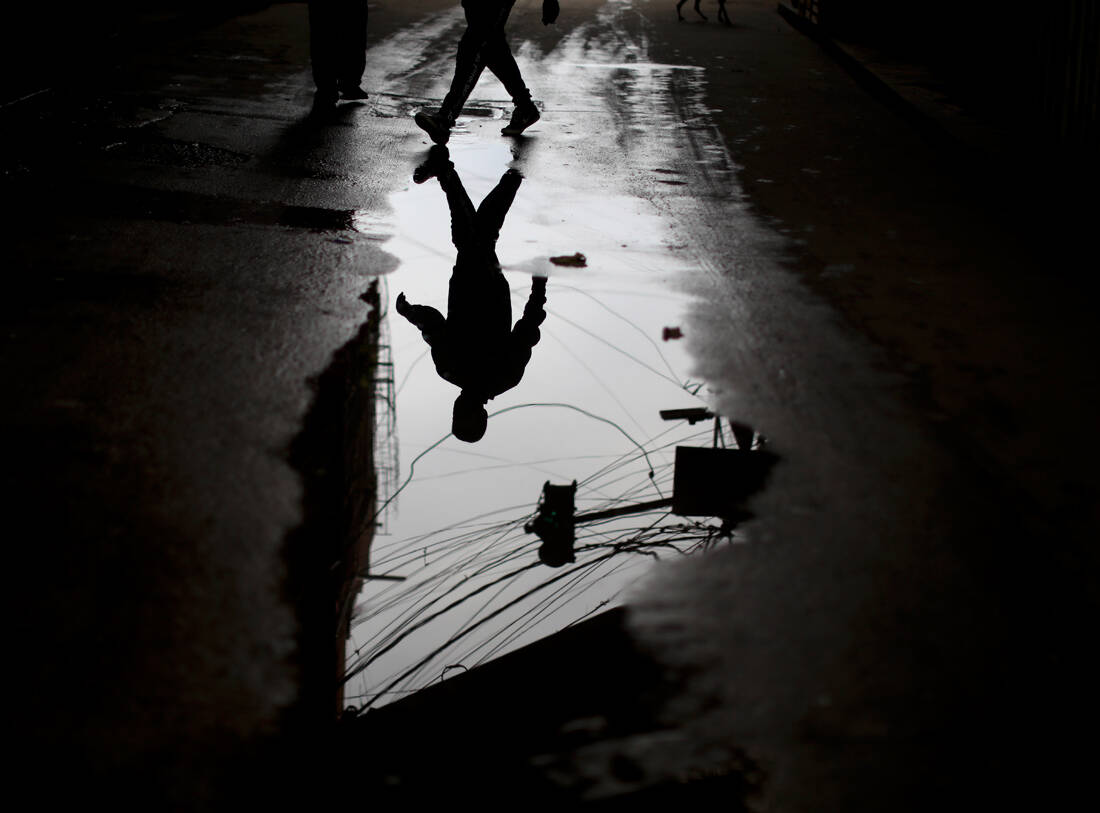
Modern cities are not designed to face the reality of a pandemic, and the upheaval of everyday life has turned them into "an unorganized arrangement of disconnected rooms and houses," said Lydia Kallipoliti, an assistant professor of architecture at The Cooper Union University in New York.
In the 21st century, Sars, Mers, Ebola, avian influenza, swine flu and now Covid-19. If we have really entered the age of pandemics, however, how could we design the cities of tomorrow so that the outdoor areas are not a restricted area but remain hospitable?
Cities, of course, were not always safe for humans, but in previous centuries they were "death traps" and living in them could even mean a reduction in life expectancy. The rapid development of the Industrial Revolution has led to polluted roads, especially in places such as London and New York. Outbreaks of typhoid and cholera have been major public health issues and have led to the construction of infrastructure, such as sanitation, which has reduced mortality from lung disease in English cities by 50%.
Over the years, electricity and lighting and ventilation have made life even more qualitative and, of course, less dangerous.
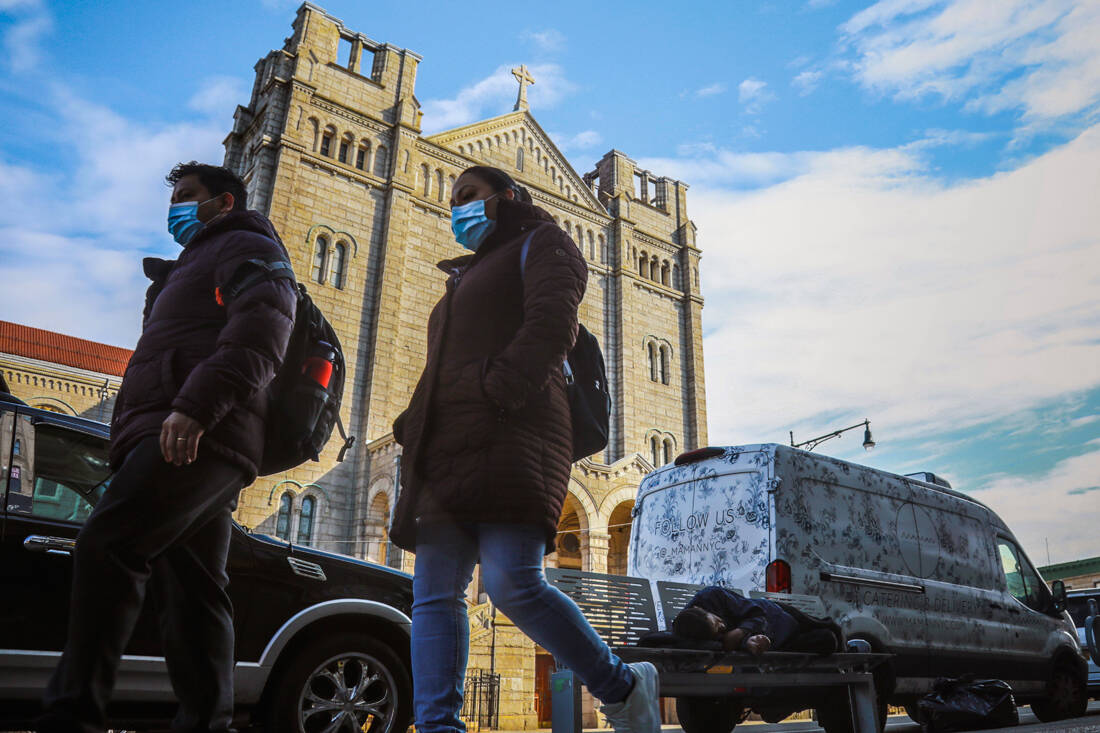
In our time, the need for cities to be built to comply with health standards has become insurmountable. In the last century, more and more people have taken refuge in big cities to find work and be close to the sources of goods, from food to care. In fact, as cities grew, modern urban design allowed them to become a safer place to live, even from the suburbs and the countryside.
However, this does not apply to infectious diseases. In a pandemic, busy city centers are a big part of the problem. Public health scientists say that because they are hubs of international trade and transportation, densely populated cities can exacerbate health risks.
If we take into account the estimate that 68% of the world's population will live in cities by 2050, the need for fortification comes to the fore dramatically.
Not all cities are vulnerable to the spread of disease. For example, a rich promenade such as Copenhagen, with many green spaces and bike lanes, is famous for the health benefits it provides to its citizens. This is not the case for less developed cities in the world, such as Nairobi in Kenya or Dhaka in Bangladesh.
Without systematic waste collection and difficult access to clean water, the pandemic is finding room to spread, says Elvis Garcia, a public health expert at Harvard.
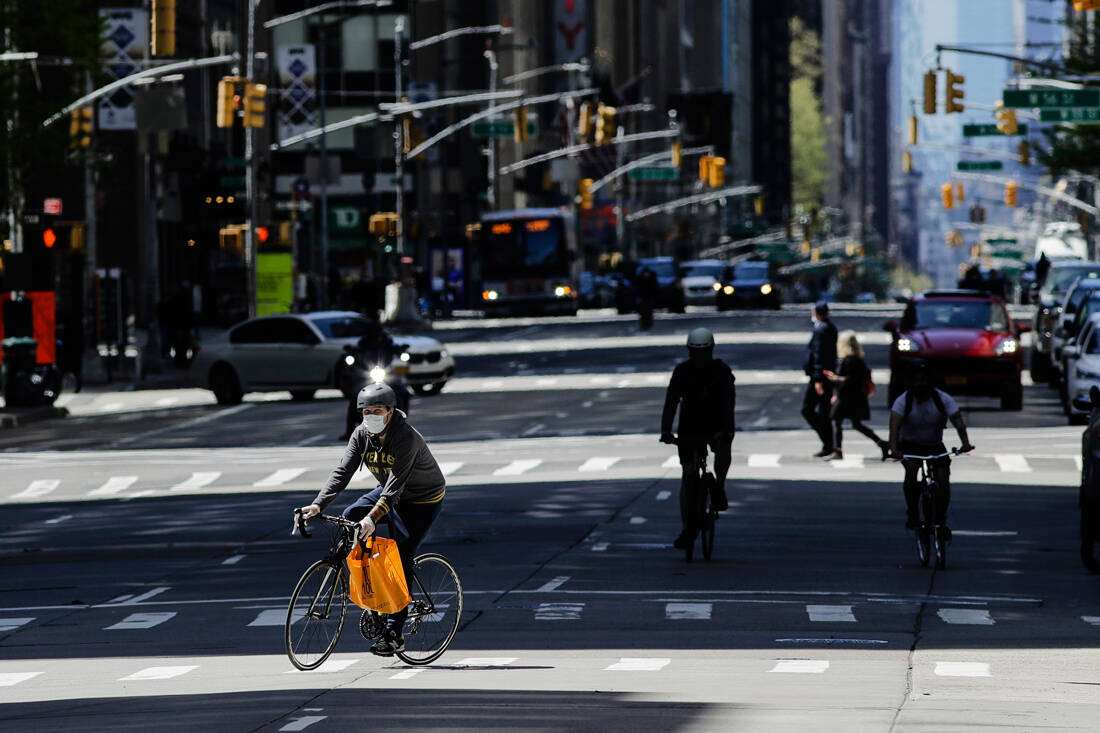
In her case Covid-19, which may not have been detected for days before symptoms appear, infecting vulnerable communities can prove catastrophic, as was the case with the 2014-16 Ebola virus in West Africa. The countries most affected had poor water quality and poor sanitation, with fatal consequences.
"The first step to creating a healthy city is water and quality homes," says Garcia.
Another important factor in the spread of infectious diseases is the population density, which leads to overcrowding. Wuhan, the city from which the new colonial pandemic began, is the most densely populated area in the central China, with a population of 11 million people. So is New York, its epicenter Covid-19 in the USA, it crowds the largest population of the country.
The bet for the future is the redefinition of urban areas, so that cities become resistant to epidemics. A proposal was made by New York City Councilor Corey Johnson, according to the BBC: "To close parts of the city for traffic and open them for exercise," he said. In the same vein, Governor Andrew Cuomo, who supported the idea of walking to avoid overcrowding.
In the cities of the future, the biggest sidewalks can play an important role in the quality of life, as well as the access of people to green spaces.

However, being in a park does not make it completely safe in the event of an epidemic. That's why experts recommend hand cleaning stations in various parts of the city.
But it's not just the outdoors that need to be transformed. To ensure that our cities are not vulnerable to viruses, we must also change the way we build our internal environments, ie homes and workplaces. In large buildings, the construction of more elevators and common stairwells will reduce congestion and contact between many people.
If pandemics are to become a human norm, cities need to adapt to emergencies. This concerns the construction of structures and in particular hospitals in record time and in spaces that are planned to be open and available. For example, the Nightingale Temporary Hospital in London, which was converted in 9 days and has a capacity of 4.000 beds, but also the hospital in Wuhan which was built from scratch in just 10 days and had a capacity of 1.000 beds.
However the biggest changes will not be as visible as a large park or a building, and will have to do with the use of technology. MIT researchers offer a model, as in their research they had placed sensors in sewers to detect the accumulation of illegal drugs and harmful bacteria in specific areas. A city built to deal with pandemics may be full of hidden sensors that help map its spread. disease.

No less important aspect of creating resilient cities is food supplies. In the globalized reality we live in, goods from all over the world can reach our cities and "carry" viruses with them.
Our cities are not fortresses, scientists say. The monster probably came from the bats and through another species passed to the people of Wuhan, which is connected by train to the rest of China and by plane to the rest of the world.
The answer to this global interconnection can be given by the self-sufficiency of cities, that is, the ability of the citizens of an area to have access to goods that are adequate, without dependence on external factors.
There are examples in the past where urban agriculture fed millions when there was no alternative. During World War II, Americans planted on 20 million household plots of land, producing huge quantities of raw materials each year, accounting for 44% of their harvest. USA. However, building similar structures is a challenge for modern man.
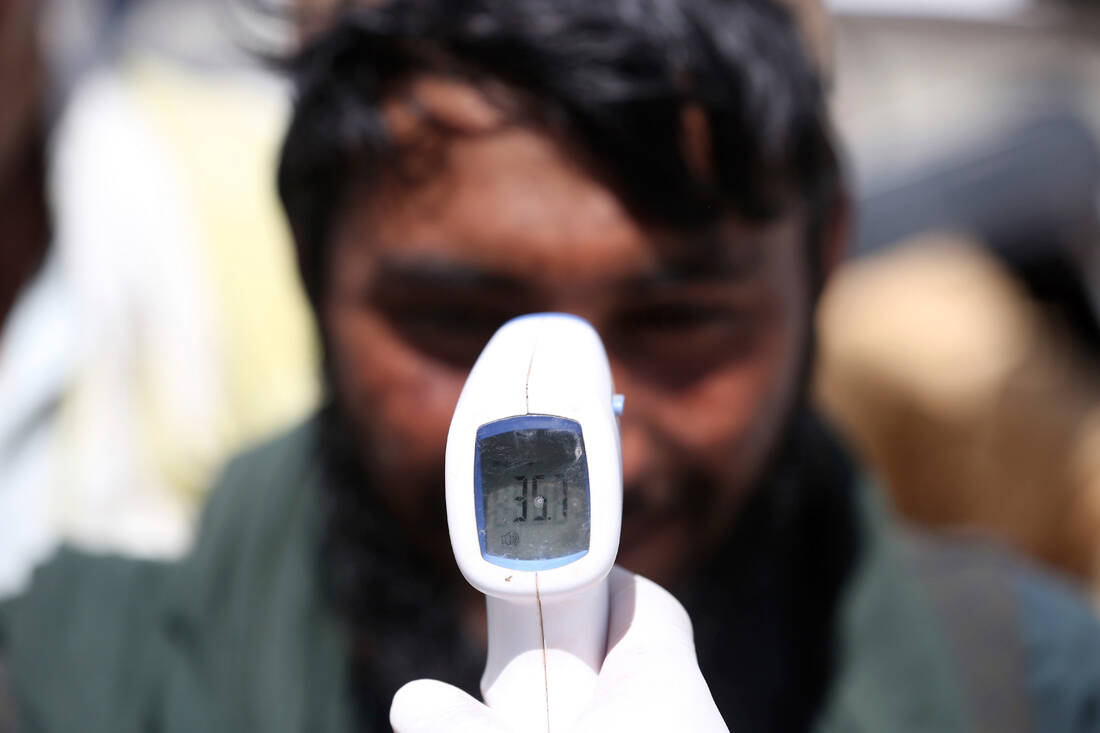
A more current example comes from Melbourne Australia before the outbreak of the coronavirus pandemic. It is the city of "20 minutes", the city that almost everything the resident needs, from shopping to health care to exercise, is within 20 minutes on foot or by bike.
Localization can offer solutions in another area that becomes problematic during a pandemic: public transport. Although they are a serious solution to the problem of air pollution, as they reduce the use of cars, they do not contribute to the fight against the spread of viruses. So the design of new cities should be oriented towards creating bike lanes and finding alternative routes for people to move.
Solutions must also be found for our workplaces and homes, if we need to spend more time in them. Areas should be adequately lit and ventilated, says Kallipoliti, who describes the need to avoid the "sick building syndrome" that occurs when buildings are sealed and pathogens begin to circulate. inside, causing symptoms in residents.
The architect Roberto Palomba, who was in quarantine in Milan, however, believes that people cannot just "build" their future away from the coronation problem and that change is needed in the way we think and act.
"We have abused nature and created epidemics," he says. "Before we think about new cities, we need to focus on how to prevent new diseases. "I believe that cities against pandemics will be just that, places where every kind of nature will find respect and can coexist."
